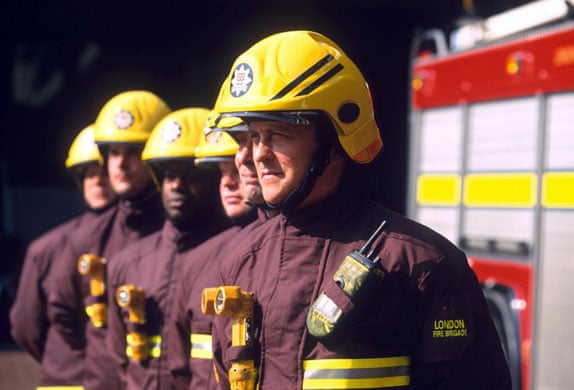
How Long Does High-Quality Firefighter Gear Last?
Leave your thoughtsHigh-Quality Firefighter Gear
Firefighters depend on their high-quality firefighter gear to protect them from intense heat and hazardous conditions. But how long does this essential equipment last? Knowing the lifespan of high-quality firefighter gear is crucial for ensuring the safety and well-being of those who wear it. So, let’s explore how long these gears last and what the National Fire Protection Association recommends.
NFPA 1851 Guidelines
Firefighter gear has a maximum lifespan of 10 years, according to the National Fire Protection Association (NFPA) 1851. The high-quality firefighter gear includes garments, helmets, gloves, footwear, and hoods. But it’s not as simple as just wearing the gear for ten years and then disposing of it. Manufacturers suggest that frontline defender’s coats and pants can endure 5 to 7 years of wear and tear in a moderately busy fire department, but only if they are high-quality firefighter gear and well-maintained.
When is it Time to Say Goodbye?
Yes, the maximum lifespan of bunker gear is ten years, but it also depends on its condition. Some firefighters may need to replace their gear sooner. To make that decision, fire departments should inspect their bunker gear regularly to see if any components need to be repaired or replaced.
In line with NFPA 1851 standards, firefighters must consider several factors when contemplating the retirement of bunker gear:
1. Overall Condition
Firstly, we check how the gear looks overall. Are there any rips, holes, or things that can touch their bare skin during emergencies? If there are, it might be time to discard them, as they cannot protect firefighters properly anymore.
2. Deterioration of Materials or Components
Then, we look closer at the layers it’s made of. We want to make sure all three layers of high-quality firefighter gear—protective layers, moisture barriers, or thermal liners—are still strong and can handle tough situations. If they’re getting weak or damaged, they might not keep firefighters safe like they should.
3. Hazardous Material Removal
Imagine you come back from a chemical factory, and there are hazardous materials stuck to your gear. For that, you will have to eliminate any harmful substances that are lingering on the gear. If the hazardous material isn’t removed, the bunker gear should be discarded.

4. Age of Structural or Proximity Ensemble
As with any equipment, aging may impact the reliability and performance of the gear. Even if the gear seems fine, be mindful of its production date. If the date has passed, consider getting new gear and avoid putting yourself in danger.
5. Excessive Soil Buildup
It’s important to keep in mind that NFPA 1851 suggests taking steps to prevent the accumulation of excessive soil on gear. To ensure that your equipment is fully functional during emergencies, it is crucial to clean and maintain it regularly to prevent dirt and debris from causing any issues.
Protecting the Protectors: Best Practices for High-Quality Firefighter Gear Care
If you’re looking to extend the lifespan of your gear, there are a few key steps you can take to ensure it remains in top-notch condition for as long as possible. By following these guidelines, you’ll be able to get the most out of your gear for years to come:
1. Storage
Proper storage of firefighter gear significantly impacts its lifespan. It should be kept in a dry, well-ventilated area. Storing it away from living spaces prevents contamination from everyday elements. Hanging the gear neatly is also a great way to prevent creasing or damage. This also shields it from potential harm caused by sharp objects, UV rays, sunlight, and extreme temperatures.
2. Cleaning & Decontamination
Another way to care for your high-quality firefighter gear is to follow local, state, and federal regulations for decontamination. Cleaning the gear every six months is recommended, along with immediate cleaning after exposure to contaminants. So, when you are planning to clean it, use the right detergents and adhere to proper cleaning temperatures. Also, don’t forget to remove detachable components before laundering to prevent damage and ensure a thorough clean.
3. Repairs
Moreover, one should get repairs promptly for gear longevity. You can contact trained personnel equipped with the right tools to handle repairs. Any visible damage, such as torn stitches or reflective bands or loss of suppleness, should be addressed immediately to maintain the gear’s integrity. You can even send them for regular checks for damages to prevent minor issues from becoming major concerns. This ensures the gear remains reliable when firefighters need it most.

The Bottom Line
With today’s technology, high-quality firefighter gear can consistently protect you for years if properly maintained. However, there are times when bunker gear can get damaged beyond repair. If you are looking for top-quality gear, turn to Triniti Fire Life and Safety. Our high-quality firefighter gear custom firefighter gear options keep you safe on the job!
